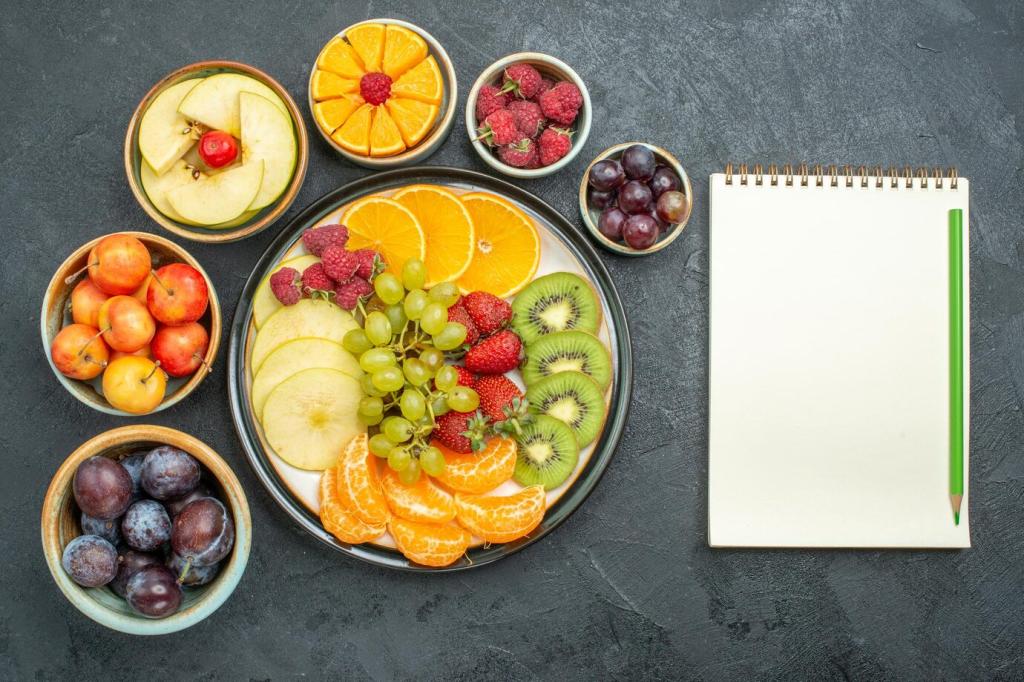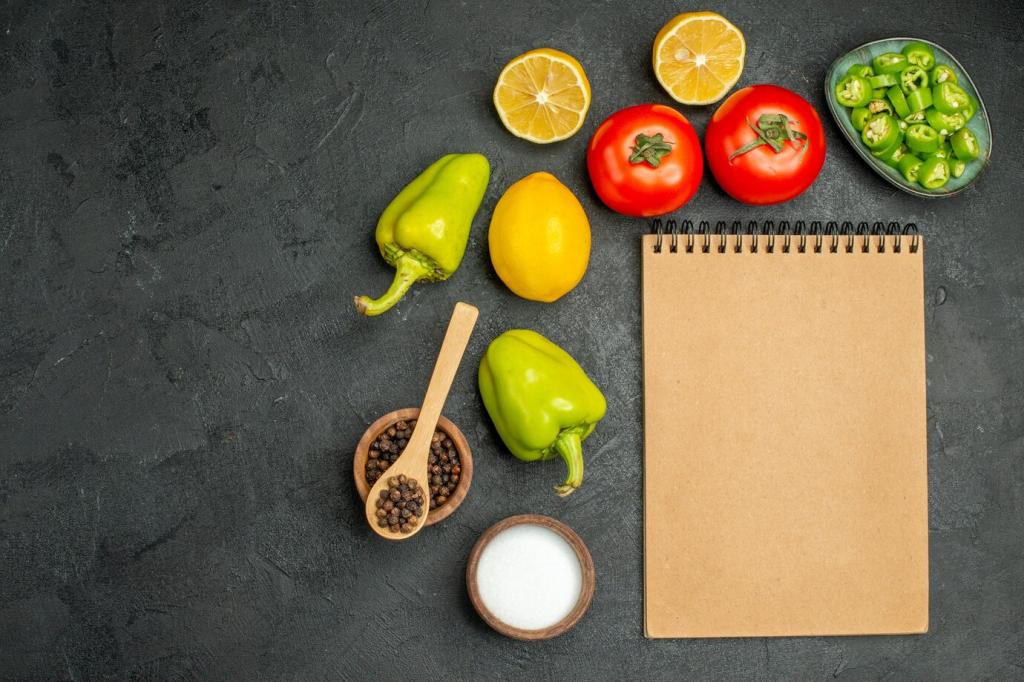Spark Your Week with Plant-Based Meal Prep Inspiration
Chosen theme: Plant-Based Meal Prep Inspiration. Welcome to a fresh, energizing way to eat well all week—packed with color, flavor, and simple habits that turn busy days into delicious wins. Subscribe, comment, and cook along with us!


This is the heading
Lorem ipsum dolor sit amet, consectetur adipiscing elit. Ut elit tellus, luctus nec ullamcorper mattis, pulvinar dapibus leo.

This is the heading
Lorem ipsum dolor sit amet, consectetur adipiscing elit. Ut elit tellus, luctus nec ullamcorper mattis, pulvinar dapibus leo.


Plan the Week Like a Pro
Pick two to three anchors—like a grain bowl, hearty soup, and a wrap—to rotate through the week. Anchors reduce decision fatigue while inviting creativity. Comment with your anchor trio for readers to try next week.
Plan the Week Like a Pro
Build your list around colors: green (leafy veg), orange (squash, carrots), red (peppers, tomatoes), gold (grains), and tan (beans, tofu). This ensures variety and nutrients. Screenshot your color map and tag us when you shop.

Lentils two ways
Cook a big pot, then season half with cumin, smoked paprika, and tomatoes for tacos, and the other half with garlic, lemon, and parsley for salads. Which spice profile would your family devour first? Tell us below.

Tofu and tempeh made bold
Press tofu for better texture; marinate in soy, maple, and ginger. Steam tempeh briefly to mellow bitterness, then glaze with gochujang. Batch-sear both for quick meals. What marinade is your secret weapon? Drop your recipe in the comments.

Chickpeas, the chameleons
Roast for crunch, simmer for stews, or mash with lemon and dill for sandwiches. One can becomes three meals with contrasting textures. Share your favorite chickpea transformation and inspire a reader’s lunchtime rotation.

Flavor Boosters: Sauces, Spices, and Textures
Whip up three: lemon-tahini, cilantro-lime chimichurri, and roasted red pepper romesco. A spoonful turns plain grains into something special. Which sauce earns your weekly crown? Vote in the comments and recommend a twist.
Flavor Boosters: Sauces, Spices, and Textures
Mix Moroccan-inspired ras el hanout, garam masala, and a smoky taco blend. Sprinkle on roasted veggies, tofu, or beans for instant variety. Share your house blend ratios so readers can duplicate your signature flavor at home.

Time-Savers and Tools You’ll Love
Containers that keep you honest
Use clear, stackable glass containers so you see exactly what’s ready. Color-coded lids can signal meal types. Which container setup keeps you on track? Share your favorite brand and size recommendations for fellow readers.
Timers, schedules, and tiny rituals
Set a two-hour Sunday prep block with a playlist, timer, and checklist. Tiny rituals make consistency feel rewarding. Want our printable planner? Comment “planner” and subscribe—we’ll send it straight to your inbox.
Double-duty cooking
Roast two sheet pans while simmering a pot of beans and steaming greens. Multitasking multiplies results without extra effort. Tell us your go-to three-task combo, and help newcomers master an efficient kitchen groove.
